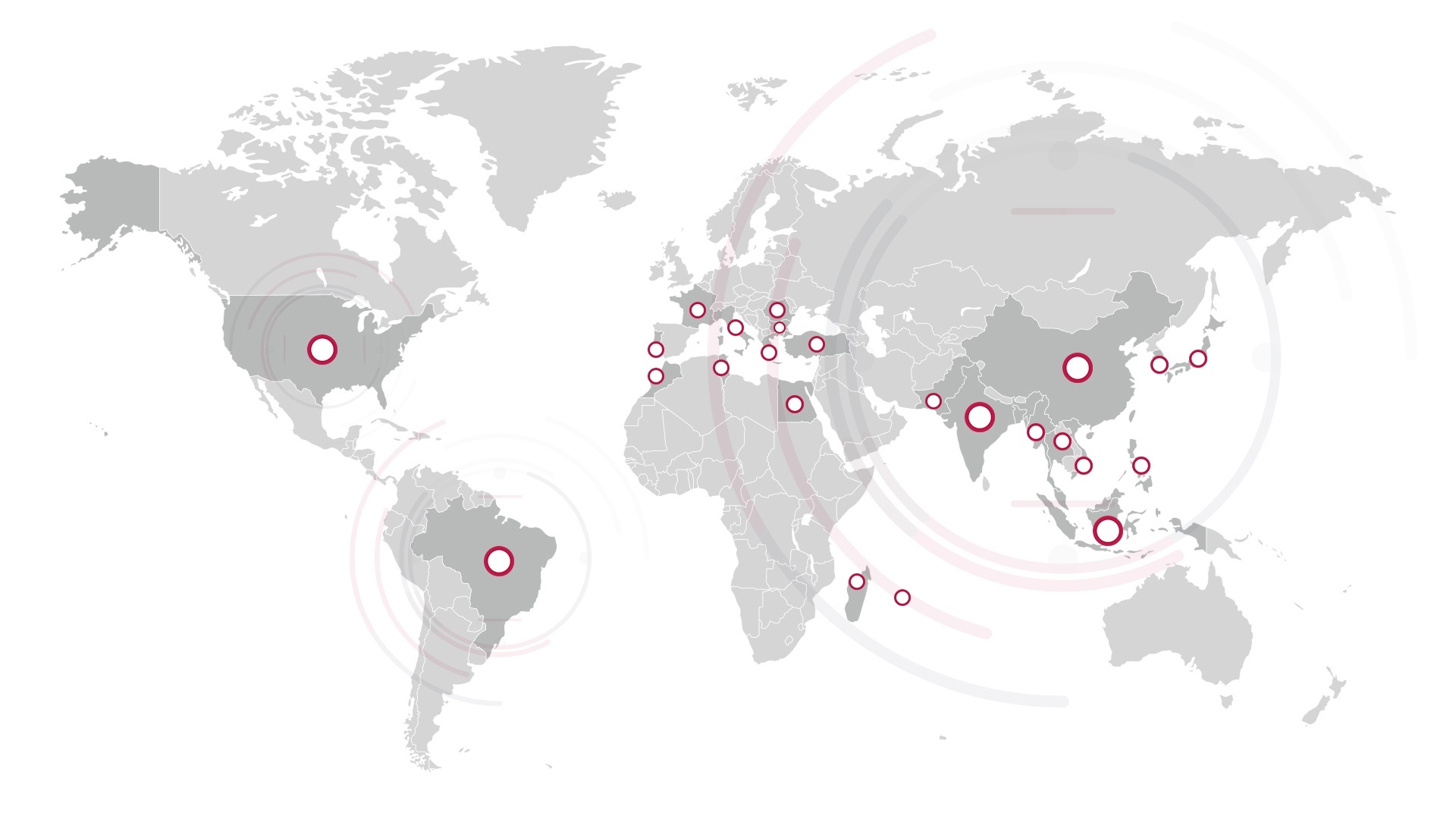The apparel industry is one of the most globally integrated industries in the world, but because of its fickle nature, brand owners can find it difficult to thrive against fierce industry competition. Due to globalization, there are many apparel industry challenges that brands experience which has forced them to adapt significantly over the past decade.
How can your brand anticipate and act on challenges from consumers and supply chains in the foreseeable future?
Learn more about the top 4 apparel industry challenges fashion brands are experiencing today here.
1) Sustainability
Due to consumer’s ever-increasing environmental awareness and the detrimental effects the fashion industry has on the environment, consumers are now choosing to invest in brands that are actively seeking sustainable alternatives to conventional textile manufacturing.
From Fairtrade cotton to eco-friendly fibers that are produced using seaweed, shoppers are always on the lookout to support the next innovative, sustainable fashion trend.
Additionally, brands that are ethical and adhere to garment factory social compliance regulations are being ranked as brands with more authority and influence. Shoppers are continuously trying to make a difference by reducing their impact on the environment. Thus, they’re looking for ways to express their ethical ways in their everyday lifestyle through the brands they choose to support.
Moreover, consumers have become hyper sensitive to the way retailers manufacture their products regarding acceptable labor practices, health and safety standards, water consumption, waste disposal, treatment of wages, etc. For a brand to be associated with any of these unethical practices, will have negative, sometimes irreversible effects on a brand’s reputation.
Read: The Top Five Clothing CSR Concerns for Consumers
2) Consumer Demands
Nowadays, consumers are used to accessing products not only from brick and mortar stores but online retailers instantly. If the shop or online retailer is out of stock, they expect to be notified when they’ll be able to place their order.
They’re used to personalization and customization. Customers want to be able to weigh in on the design of the product they want to purchase, making sure that it is unique to them. This creates a challenge as brands constantly have to cater to their customer’s needs and wants.
Additionally, with fast fashion on the rise, consumers have become accustomed to seeing the same outfit their favorite celebrity wore on the red carpet in stores the following week at a much lower price. This places tremendous pressure on apparel supply chains concerning product development and designing, sourcing, and manufacturing.
3) Improved Efficiency, Quality and Speed
The demand for improved efficiency, quality and speed is on the rise. But, as the cost of production is increasing globally, apparel brands are finding it harder to find cheap sources for production to meet their production demands while keeping costs low.
Brands are pressed to increase production speeds while maintaining an acceptable level of quality, which is particularly tough for smaller brands who rely on in-house quality management systems to achieve.
As a result, brands and retailers opt for outsourced apparel quality management solutions to meet quality expectations.
Additionally, brands are challenged with keeping up with an increased demand for transparency. They are being pressured to make their supply chain available to the public, in terms of disclosing information about auditors and suppliers, etc.
4) Gaining Competitive Advantage
The apparel industry is overflowing with different brands and styles that cater to various markets around the world.
You’ll be lucky to find a market that is untouched.
This makes it the industry highly competitive, and it is incredibly difficult to stand out from competitors. When shopping for clothes, whether it is online or at a physical store, buyers experience an abundance of options to choose from which makes product differentiation unbelievably complicated. Therefore, apparel companies are forced to rely on brand equity to stand out from the crowd.
Brands focus on pricing, quality, trendiness and customer experience to create brand loyalty. Even though a brand may build up a strong brand name, brands experience brand sensitivity, which impacts their customer’s loyalty.
If they happen to be out of stock, or unfortunately produced low-quality goods, loyal customers will easily shop elsewhere until their needs are met. They also have no problem expressing their feelings about the brand’s ‘poor quality’ on social media, which may cause a chain reaction.
What challenges have you dealt with in the apparel industry?
Do you have any questions regarding apparel quality management?





